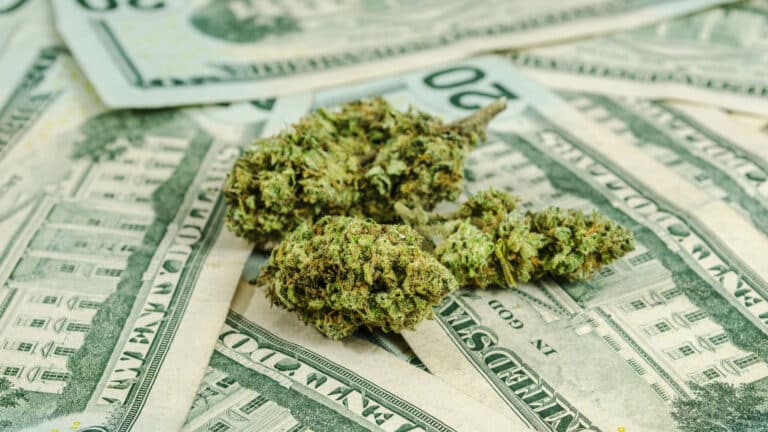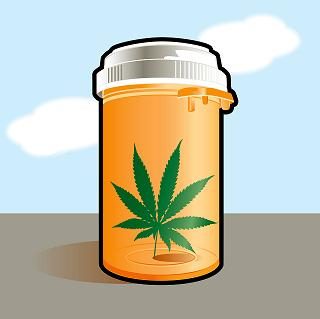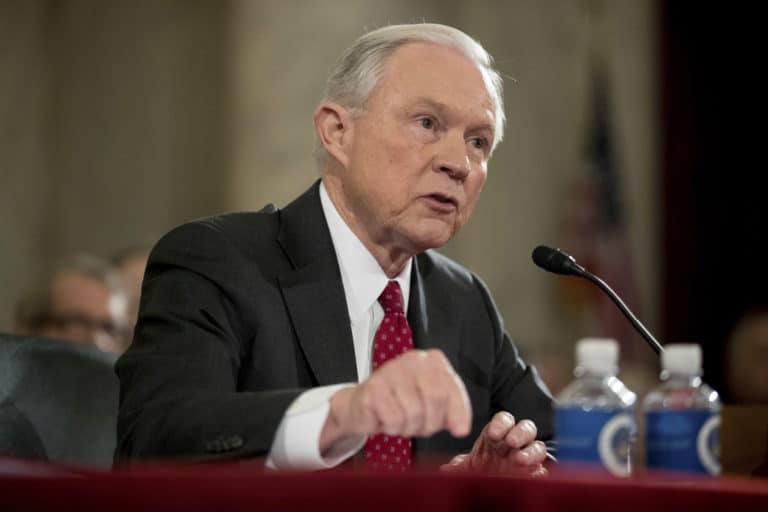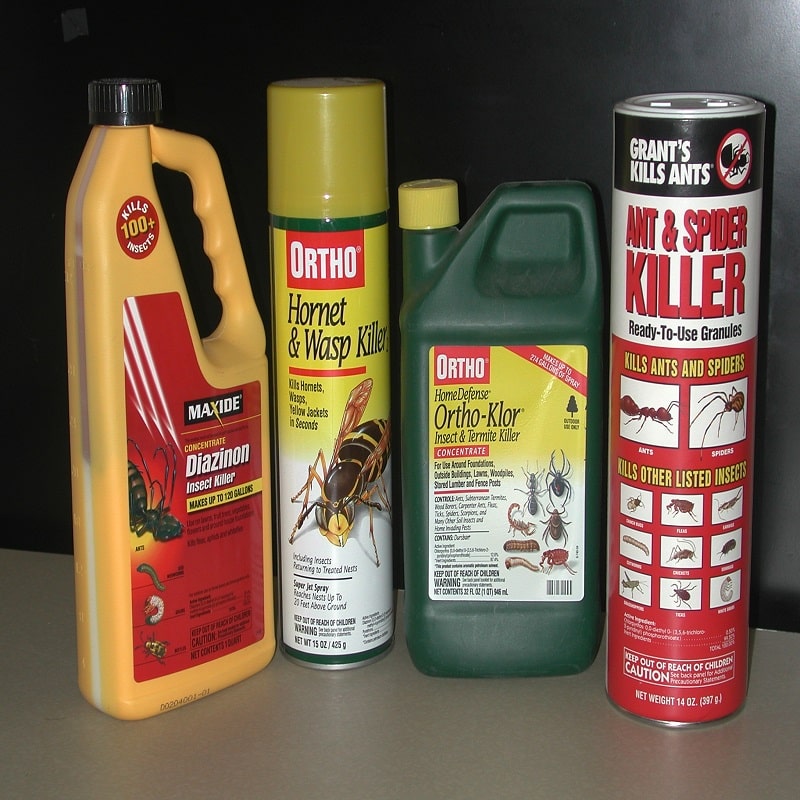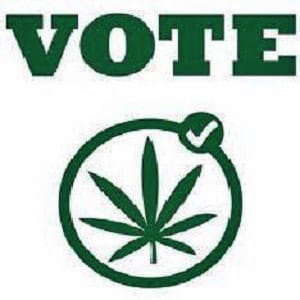 Oregon Joins Colorado and Washington in voting on marijuana legalization this election.
Oregon Joins Colorado and Washington in voting on marijuana legalization this election.
History was made late Friday as the Oregon Secretary of State announced that the Oregon Cannabis Tax Act turned in enough valid signatures to qualify for the 2012 ballot. Oregon joins Washington and Colorado in voting for marijuana legalization this year, the first time in history three U.S. states will put the legalization question to voters.
Beginning with California’s original Prop 19 in 1972 through California’s latest Prop 19 in 2010, every previous attempt to legalize marijuana in America has ended in defeat. In the forty years since that first attempt, there have only been eight statewide legalization measures to make the ballot in just five states (Alaska, Nevada, Colorado, California, and Oregon).
Here is a look at the three legalization measures to be put before the voters in the November 2012 election:
Comparing Oregon, Colorado, & Washington Legalization Measures[i]
| State |  |
 |
 |
| Initiative | Oregon Cannabis Tax Act (OCTA or I-9) | Regulate Marijuana Like Alcohol (A-64 Colorado) | New Approach Washington (I-502) |
| Personal Possession | Allowed, Limit Not Designated[ii] | 1 ounce in public; all of the cannabis produced from harvests of personal plants at the grow site. | 1 ounce of cannabis; 16 ounces of solid products (hash, brownies, etc.); 72 ounces of liquid products (tinctures, etc.) |
| Personal Cultivation | Allowed, Limit Not Designated | 6 plants, only 3 in flower. | NOT ALLOWED |
| Age Limit | 21 Years Old | 21 Years Old | 21 Years Old |
| Public Consumption | None except non-minor areas where prominent signs allow it. | No “open and public” consumption. | None. |
| DUID Standard | Current Oregon Law (demonstrated impairment) | Current Colorado law (demonstrated impairment) | New 5ng THC / mL blood per se DUID; zero-tolerance under age 21. |
| Regulatory Body | New Oregon Cannabis Commission (OCC) | Colorado Department of Revenue | Washington State Liquor Control Board |
| Hashish / Hash Oil? | “Cannabis means all parts, derivatives, or preparations of the cannabis plant.” | “Marijuana means… every compound, manufacture, salt, derivative, mixture, or preparation of the plant, or its seeds, or its resin, including concentrates.” | “Marijuana means… every compound, manufacture, salt, derivative, mixture, or preparation of the plant, its seeds or resin.” |
| Industrial Hemp?[iii] | Legalized as any crop, no licenses, fees, or regulation; all seeds & starts are considered hemp. | Hemp defined as <0.3% THC cannabis, department shall set hemp regulations. | Marijuana defined as >0.3% THC, implying hemp is any cannabis <=0.3% THC and thereby legalized. |
| Commercial Cultivation | Individuals may cultivate for sale to the OCC | Marijuana Cultivation Facilities | Marijuana producer’s license available for cannabis sales to processors[iv] |
| Commercial Processing | Individuals may process cannabis into hash, hash oil, medibles, tinctures, salves, etc. for sale to the OCC | Marijuana Product Manufacturing Facilities | Marijuana processor’s license available for cannabis sales to retailers. |
| Commercial Sales | OCC Cannabis Stores, may limit amounts and frequency | Retail Marijuana Stores | Marijuana retailer’s license available for cannabis sales to the public. Can only sell marijuana. |
| Commercial Zoning | Not specified, OCC may set regulations | Not specified, department may set regulations | >1000 feet of schools, playgrounds, other locations with minors. |
| Taxes & Fees | Not specified | 15% excise tax at wholesale level[v] (cultivator to processor or retailer) | 25% excise tax at each stage of sales (producer to processor to retailer to customer) |
| Medical Marijuana | OCC Stores sell cannabis at cost to qualifying patients. | Act does not apply to medical marijuana, which retains its current regulatory structure. | Improves medical marijuana by providing protection from arrest for some possession.[vi] |
| Restrictions | Sale to minors or unlicensed sale forfeits one’s right to buy, sell, or process cannabis | Localities may ban commercial cultivation, processing, retail through their governing body or by ballot initiative only in even-numbered years.[vii] | May set maximum number of retail outlets / county. Signage can be no more than 1600 square inches. No advertising near kids. |
| Fee Distribution | After OCC / AG costs, 90% to General Fund, 7% to Drug Abuse Treatment, 1% for hemp promotion, 1% hemp biodiesel, 1% to school drug education. | First $40M to Public School Capital Construction Assistance Fund; remainder to General Fund[viii] | Dedicated marijuana fund run by State Liquor Control Board. $125K to Healthy Use Survey; $50K to social and health reports; $5K to UW for web-based marijuana education; $1.5M to State Liquor Control Board; remainder: 15% to drug treatment; 10% for drug education; 1% to state university research; 50% to Washington Health Plan; 5% to community health care; 0.3% to building bridges program; remainder to General Fund. |
[i] This table has been updated to better explain the Colorado excise tax (hat tip: Steve Fox of Amendment 64 Campaign).
[ii] OCTA only specifies that commercial cultivation and sales must be licensed by OCC and that personal cultivation and sales need not be licensed. Presumably, you could grow a football field of plants and possess a large Hefty Bag full of pot under OCTA, so long as you sold none of it.
[iii] All hemp production still remains illegal under federal law without a DEA permit.
[iv] I-502 producers and processors may not have a direct or indirect financial interest in retailers.
[v] Colorado’s TABOR requires any tax increase to go before a vote of the people. 15% is merely the maximum authorized wholesale excise tax that the legislature may enact.
[vi] Washington’s medical marijuana law has no registry cards and only an affirmative defense to prosecution. Thus, medical marijuana patients can now be arrested by police, and then they have to provide an affirmative defense to the judge. Under I-502, these patients would now be protected from arrest for 1 ounce of cannabis, 16 ounces of medibles, or 72 ounces of tinctures.
[vii] Updated to clear up confusion that a ballot initiative was the only process by which a locality could ban marijuana business. It is not; localities may ban through their regular local governmental procedures.
[viii] Added — I missed this portion in first reading Colorado’s Amendment.
Article from National Cannabis Coalition and republished with special permission


